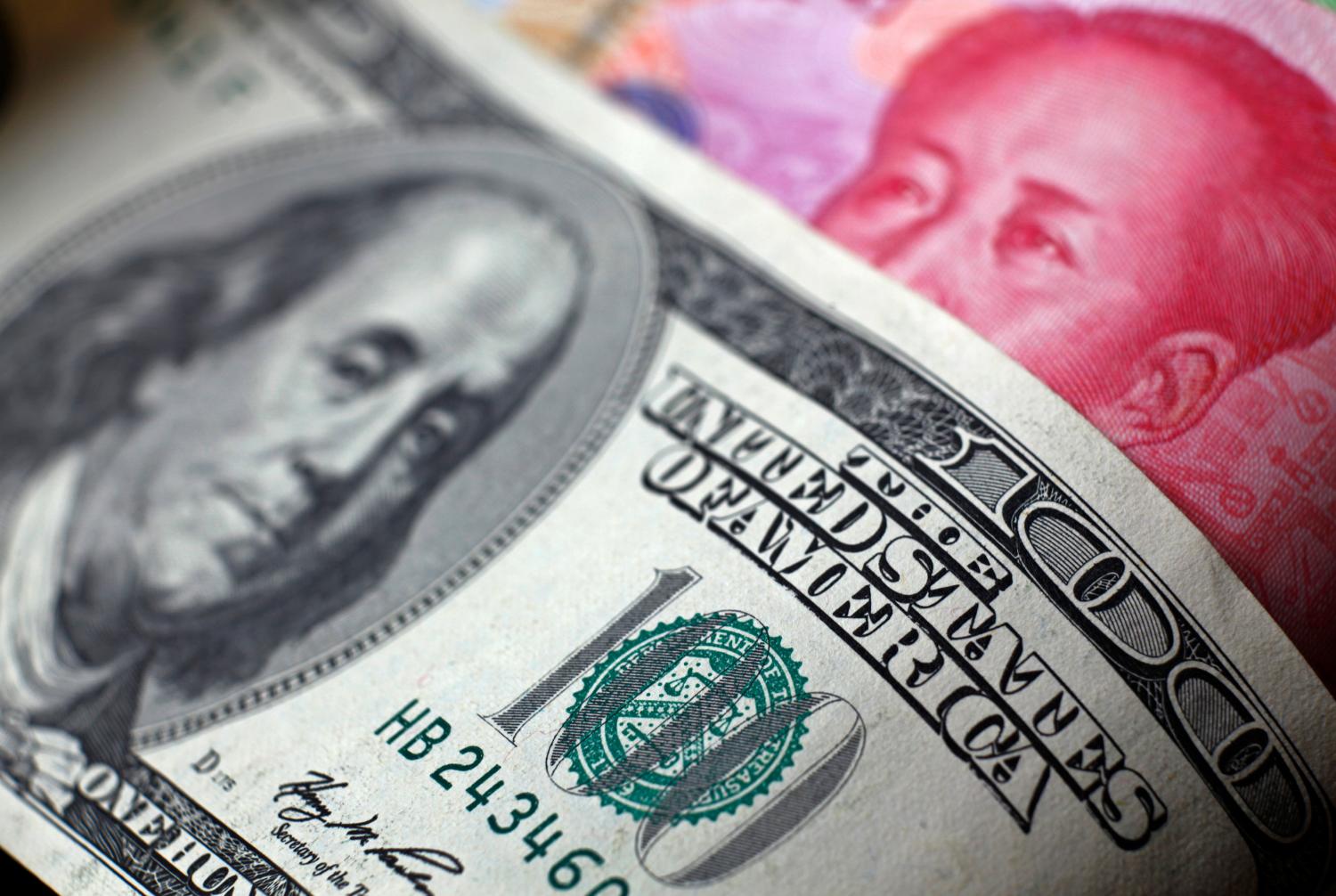There is surprisingly little cross investment between the United States and China, the two largest economies in the world. Only 1 percent of the stock of U.S. direct investment abroad is in China, and in recent years the flow of direct investment from the United States to China has been close to zero. The stock of Chinese direct investment in the United States is also lower than would be expected given that the United States is the world’s largest recipient of foreign direct investment (FDI). In recent years, however, the flow of direct investment from China to the United States has accelerated rapidly, and if current trends persist within a short time, there will be a larger stock of Chinese investment in the United States than of U.S. investment in China.
The small amount of U.S. investment in China can be traced to two primary factors:
- Poor protection of property rights, including intellectual property rights, which limits the potential benefits that U.S. firms can receive from their technology and brands;
- China’s restrictions on direct investment in many sectors important to U.S. firms. Among G-20 countries, China is the most restrictive in terms of openness to direct investment.
The relatively small amount of Chinese investment in the United States can also be traced to two factors:
- Much of the initial impetus for Chinese firms to go out was to secure natural resources, while the United States is not a resource-rich country relative to its gross domestic product or population;
- The national security reviews of the Committee on Foreign Investment in the United States have soured many Chinese investors on the U.S. market.
The two countries have agreed to negotiate a bilateral investment treaty (BIT). This could open the doors to large amounts of investment in both directions if it addresses key issues. For U.S. firms, access to more sectors and better protection of IPR are crucial. Chinese firms seek a less politicized environment in which to invest. In its Third Plenum decision the Communist Party leadership indicated its intention to open more sectors to foreign investment and competition. A BIT could help lock in these necessary reforms.
The United States and China have been the two largest recipients of FDI in recent decades. At the end of 2011 the total stock of FDI in the world was around $19 trillion. Of this, 19 percent was in the United States and 10 percent was in China. These two biggest economies in the world are also major providers of direct investment. This is especially true for the United States, the most technologically advanced economy in the world. As of the end of 2012, the United States had a stock of outward direct investment of $4.5 trillion, about one-quarter of all the FDI in the world. China is a relative new-comer to outward investment, but its stock of outward direct investment has been growing rapidly. As of the end of 2012 China’s Ministry of Commerce reported an outward stock totaling $532 billion. By the end of 2013 this had grown to $660 billion.
While the United States and China are big players both as providers of direct investment and recipients of direct investment, there is less cross-investment between the two than one would expect. The U.S. Department of Commerce reports that China accounts for only 1.2 percent of U.S. outward FDI. That is, the world as a whole invests 10 percent of its FDI in China, but the United States puts only one-tenth that amount. China’s statistics indicate that China’s direct investments in the United States accounted for only 3.3 percent of its overseas investments at the end of 2013 (compared to 19 percent for the world portfolio). The Chinese figure is certainly an under-estimate because a large amount of China’s overseas investment is reported as going to Hong Kong and several other locations that are likely to be transit locations, not the ultimate destination of the investment. If we put aside the Chinese investment to Hong Kong, the share of China’s remaining outward investment going to the United States is 7.7 percent. Compared to the world portfolio this share is still low. So, an important question to research is why the United States severely underinvests in China and why China modestly underinvests in the United States. Understanding the factors behind the current dearth of cross-investment can help us form a judgment as to what a BIT between the two would need to include in order to mark a major step forward in the economic relationship.




